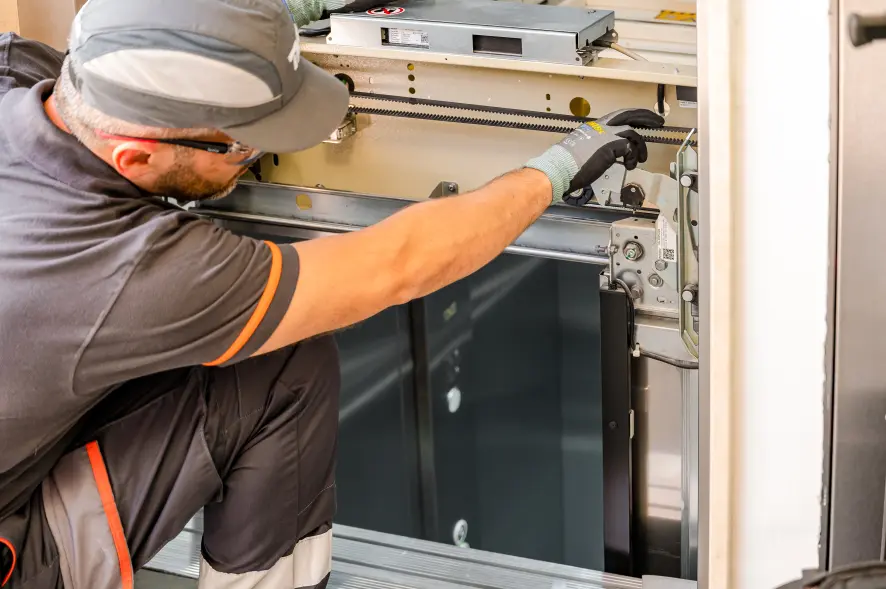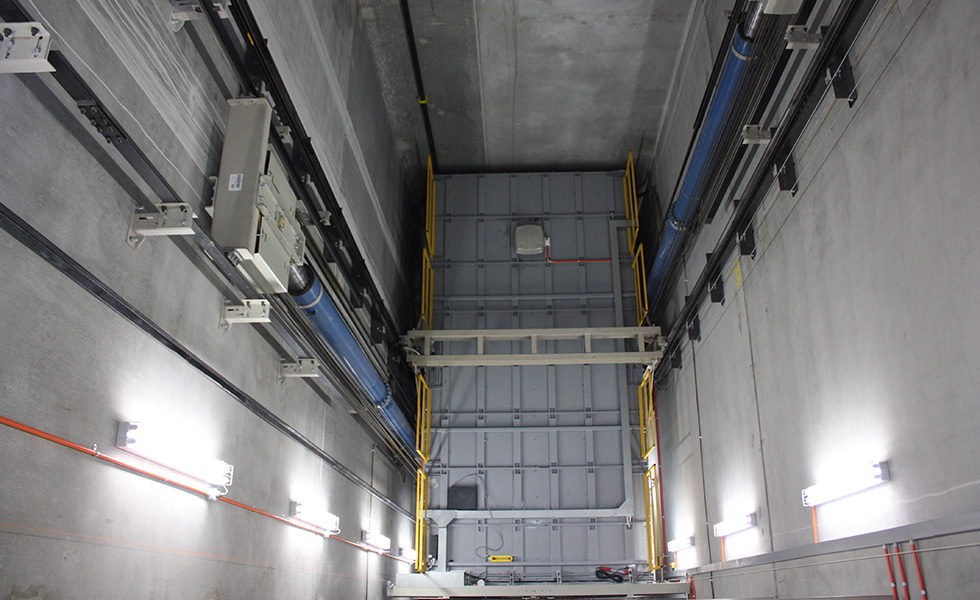Fixing Tips for Common Issues With Handicapped Platform Lifts
When it comes to ensuring the smooth procedure of handicapped platform lifts, encountering common concerns can interrupt the performance and accessibility they provide. From power supply glitches to control panel malfunctions, these challenges can prevent the lift's efficiency and compromise safety and security - lift service companies. Understanding just how to troubleshoot these issues effectively is essential in keeping the dependability and performance of these crucial devices. Allow's check out some practical pointers to deal with these usual issues and ensure the proper performance of handicapped system lifts.
Power Supply Issues
When running into power supply issues with handicapped system lifts, the primary step is to methodically evaluate and fix possible sources of power disruption. Beginning by checking the source of power to guarantee it is firmly connected and functioning properly. Validate that the power electrical outlet is operational by evaluating it with an additional tool. If the power source is verified to be working, continue to evaluate the power cable for any signs of damage or use that might be creating a disturbance in the power supply.

Control Panel Problems
Control board malfunctions on impaired platform lifts can significantly restrain their operational performance and position safety dangers to users. The control board works as the main interface for running the lift, allowing individuals to initiate motion, control speed, and handle quits at different degrees. When the control panel runs into problems such as less competent buttons, irregular behavior, or screen breakdowns, it can interrupt the whole lift operation.
One typical trouble with control panels is electric mistakes, which may arise from wiring problems, power rises, or component damage. These mistakes can cause the control panel to breakdown or become less competent, making it difficult for individuals to run the lift safely. Furthermore, ecological factors like wetness or severe temperatures can likewise influence the control board's efficiency, resulting in prospective failings.
To resolve control panel issues successfully, regular upkeep checks and evaluations are necessary. Routinely cleaning up the control panel, checking circuitry links, and ensuring proper calibration can assist stop breakdowns and make certain the lift runs efficiently. In instances of relentless issues, speaking with a certified technician for fixings or substitutes is suggested to keep the lift's performance and security for individuals.

System Stuck or Jammed
In circumstances where the impaired system lift experiences a platform stuck or obstructed, prompt attention and appropriate troubleshooting are crucial to make sure the lift's capability and individual safety and security. When coming across a system that is stuck or obstructed, the first step is to quit any kind of ongoing operation of the lift to stop more damages or safety hazards.
After determining and getting rid of any kind of obstructions, attempt to manually move the system to see if it liberates. If hand-operated efforts are unsuccessful, avoid utilizing excessive see this website force as this might trigger damage to the lift system. In such situations, it is suggested to call a qualified professional or the lift manufacturer for professional assistance in fixing the problem. Trigger and appropriate resolution of a stuck or jammed platform is vital to preserve the lift's operational efficiency and ensure user safety.
Safety Sensing Unit Breakdowns
A necessary element of disabled system lifts, security sensors play a critical function in guaranteeing user defense and lift operation. Safety sensing unit malfunctions can posture severe risks to people depending on these lifts for accessibility. When safety and security sensors breakdown, the lift may not detect challenges or obstructions in its course, potentially causing accidents or entrapment. Usual signs of safety and security sensor breakdowns include irregular movements, abrupt stops, or failure to react to barriers. To deal with safety and security sensor problems, start by checking the sensing units for any physical damages, dirt, or misalignment. Tidy sensors on a regular basis and ensure they are appropriately straightened to function precisely. In addition, check the electrical wiring links and power source to eliminate any kind of electrical issues influencing sensor operation. If fixing the sensing units does not deal with the problem, get in touch with a qualified specialist to carry out a thorough assessment and fixing to keep the lift's safety and functionality. Routine upkeep and timely resolution of safety and security sensing unit malfunctions are essential for the risk-free procedure of impaired system lifts.
Uncommon Sounds or Motions
When operating a disabled system lift, listening to any type of unusual noises or activities is critical for determining prospective issues that might impact its performance and safety. Uncommon noises, such as grinding, screeching, or clunking audios, might indicate troubles with the lift's mechanical elements, such as worn-out equipments, loose bolts, or broken bearings. These problems, if left unaddressed, might cause malfunctions more tips here and even total break down of the lift.
Similarly, uncommon movements of the system, such as jerking, trembling, or unanticipated quits, should not be overlooked (lift servicing near me). These activities might be a sign of electric issues, hydraulic system troubles, or irregularities in the lift's shows. Quickly exploring and attending to these uncommon motions can prevent mishaps and ensure the ongoing risk-free operation of the platform lift
In the event of experiencing uncommon noises or motions, it is advisable to stop making use of the lift right away and contact a certified technician for maintenance. Routine see upkeep and prompt troubleshooting of any unusual indicators can aid prolong the life expectancy of the disabled platform lift and guarantee the safety and security of its users.
Conclusion
In final thought, repairing common problems with disabled system lifts needs recognizing and addressing power supply problems, control panel problems, system jams, safety and security sensing unit malfunctions, and unusual noises or motions. By complying with appropriate upkeep and repairing treatments, customers can ensure the safe and efficient operation of platform lifts for individuals with impairments.